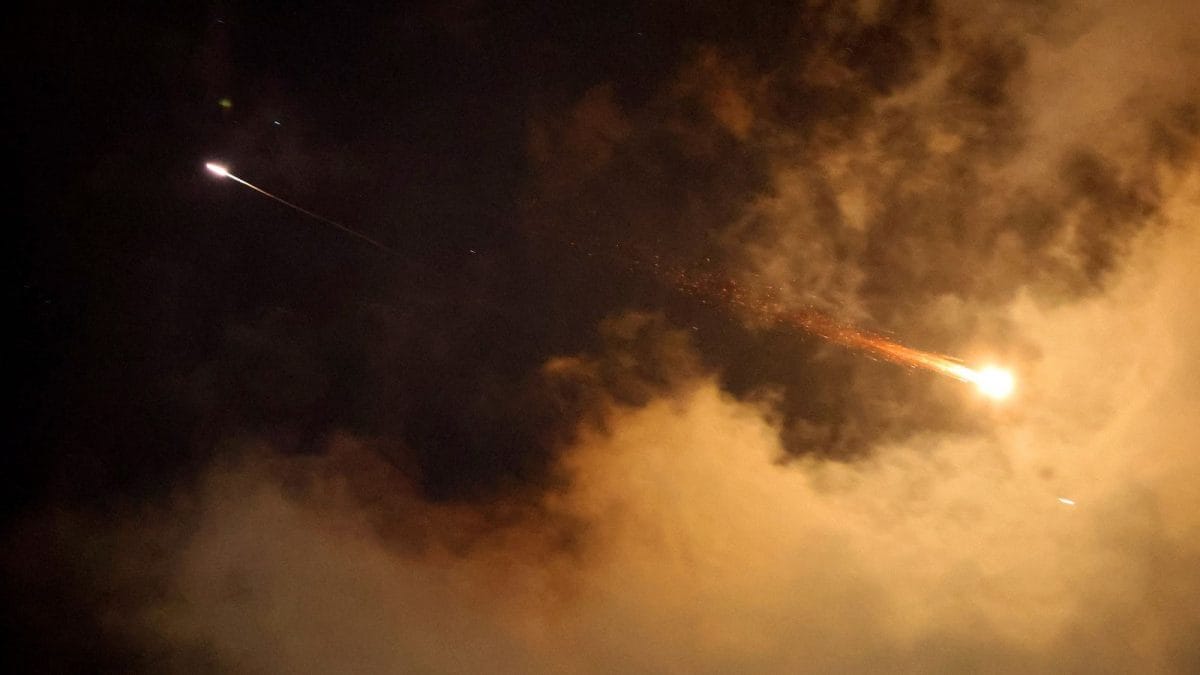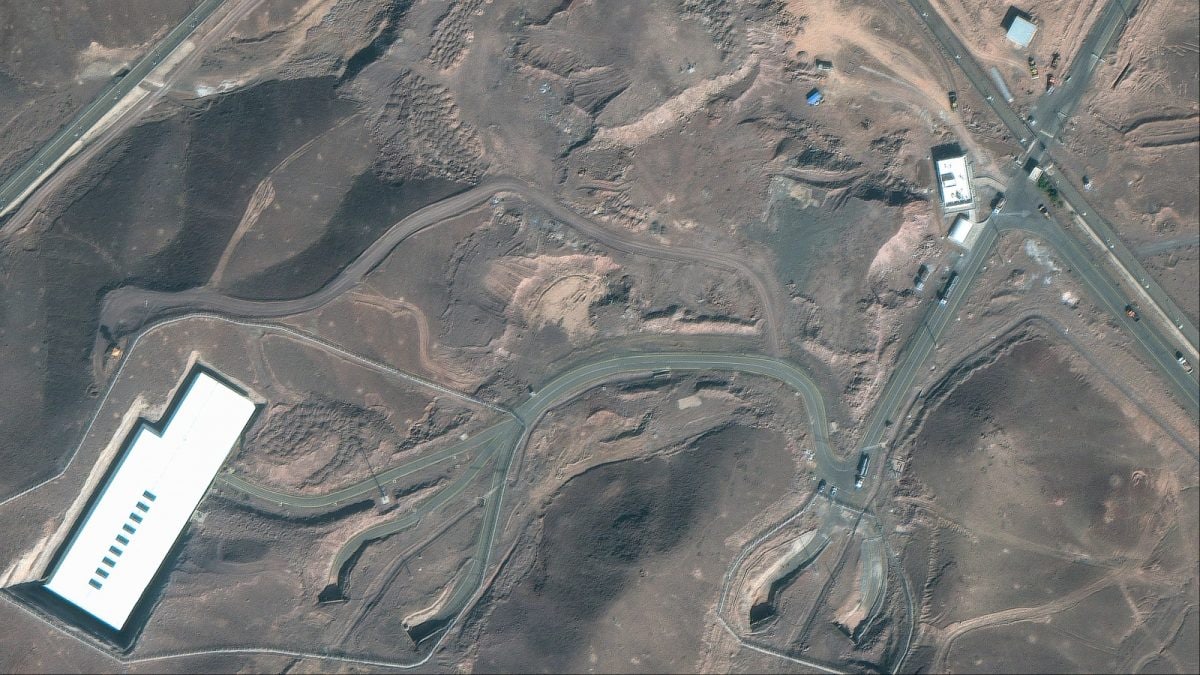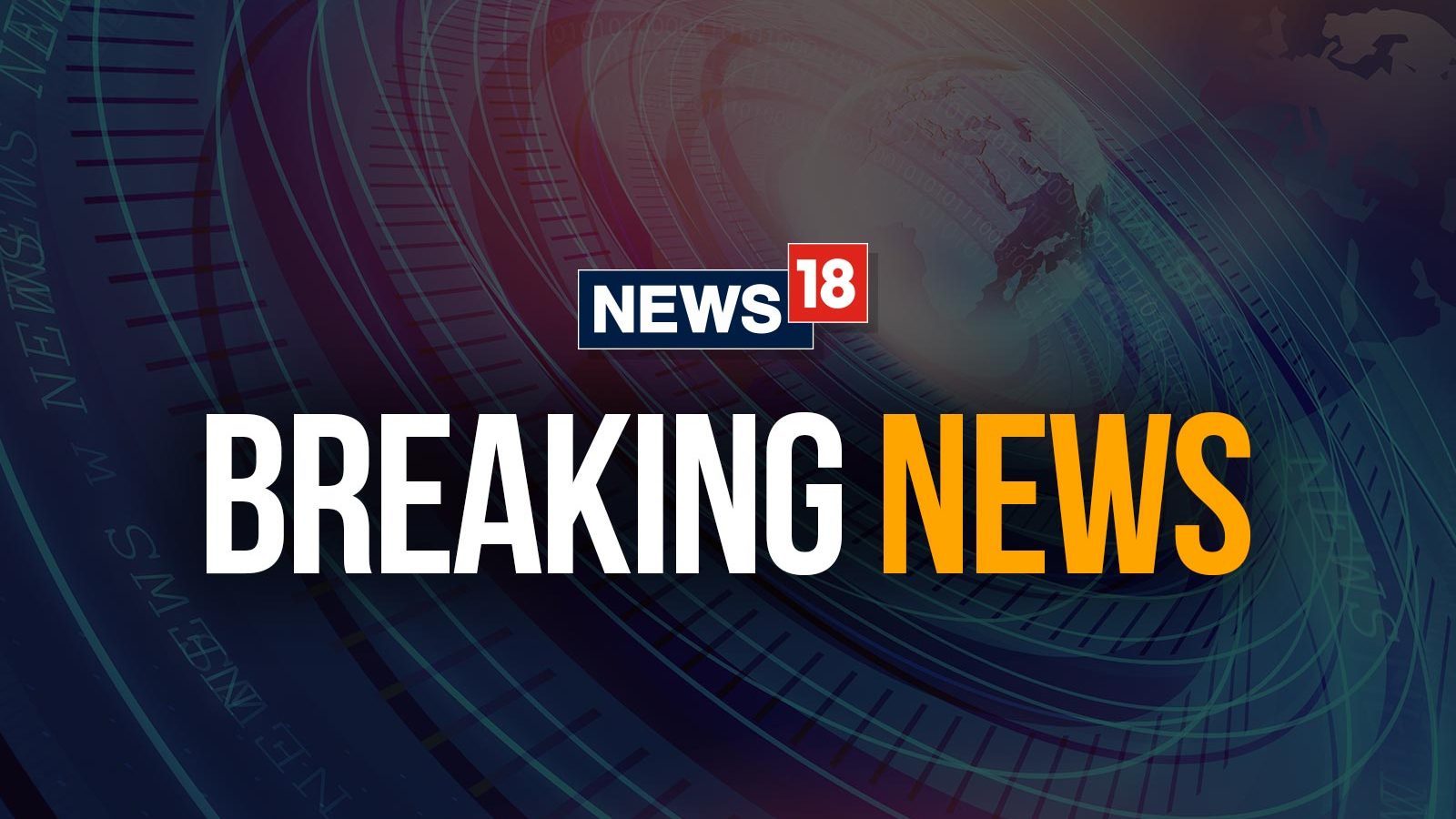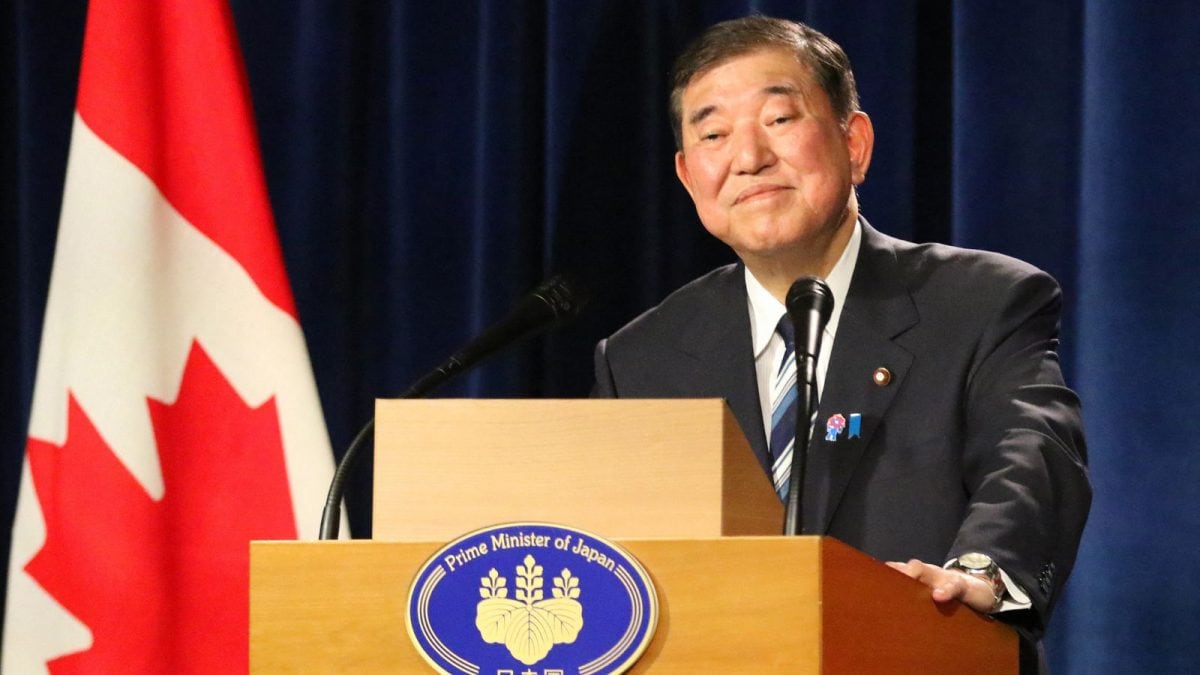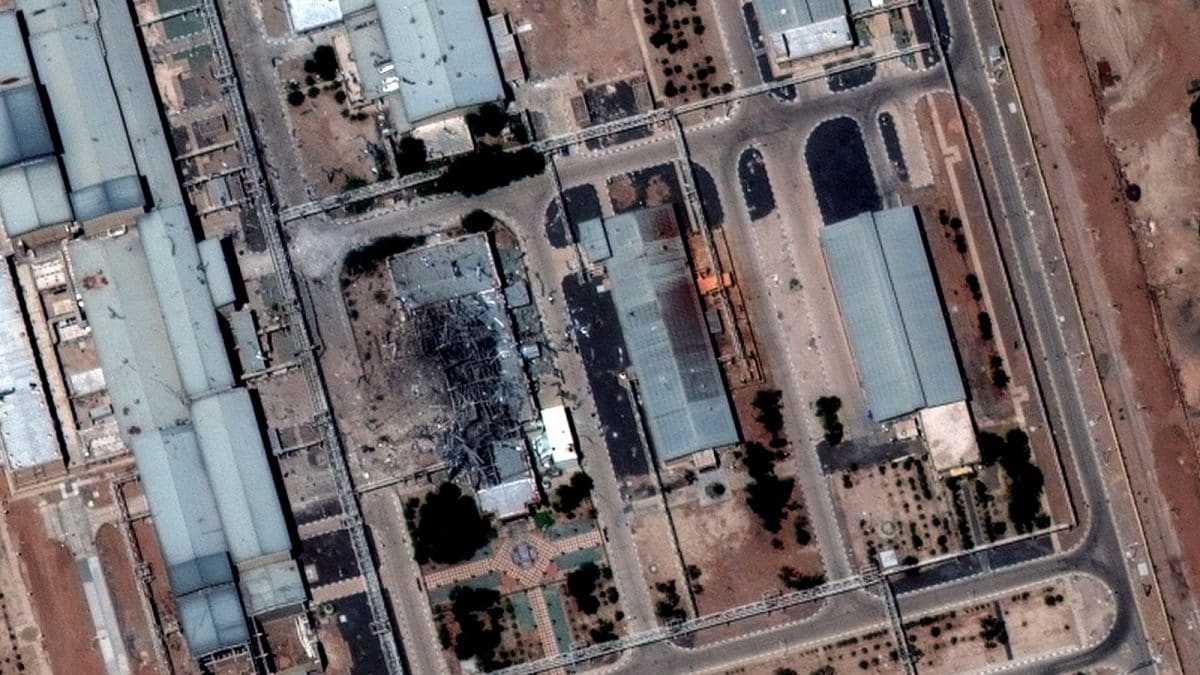In a covert strike named "Midnight Hammer", the US used B-2 stealth bombers and a Pacific-bound decoy to mask an 18-hour mission eastward that struck three major Iranian nuclear sites.

It was the largest-ever coordinated B-2 operation and the second-longest B-2 flight in history.
The United States fooled the world and Iran before launching a precision strike on three of Tehran's most critical nuclear facilities. The secret? A carefully choreographed diversion involving B-2 stealth bombers that drew attention in one direction while the real strike force moved quietly to the actual targets.
On Saturday, as part of the now-revealed operation "Midnight Hammer", a group of B-2 bombers took off from their base in Missouri and was observed heading toward Guam, a US territory in the Pacific. To military watchers, the flight looked like a clear signal: the US was preparing for a strike, but not just yet. The move was intentional — a decoy meant to distract.
While attention was fixed on the Pacific, seven actual B-2 bombers began a near-silent 18-hour journey eastward. Flying under radar, limiting communications, and refuelling mid-air, these bat-winged aircraft avoided all detection as they headed straight for Iran, the US military revealed. Even US fighter jets played their part in the ruse, flying just ahead of the stealth bombers as decoys to sweep the skies for enemy aircraft and missile defences.
As the B-2s neared Iranian airspace, a US submarine launched more than two dozen Tomahawk cruise missiles to neutralise key defences. Moments later, the stealth bombers dropped 14 GBU-57 Massive Ordnance Penetrators, 30,000-pound bunker-busters, on three of Iran's main nuclear sites at Fordow, Natanz and Isfahan.
It was the largest-ever coordinated B-2 operation and the second-longest B-2 flight in history, surpassed only by those flown after 9/11 terror attack by al-Qaeda. Over 125 aircraft supported the mission, according to the Pentagon.
Iran, according to US military officials, didn't detect the bombers and failed to launch a single countermeasure. "Iran's fighters did not fly, and it appears that Iran's surface-to-air missile systems did not see us throughout the mission. We retained the element of surprise," General Dan Caine, chairman of the Joint Chiefs of Staff, told reporters during a press briefing.
Initial assessments indicated all three targets suffered severe damage, though Caine declined to speculate on whether Iran's nuclear program had been fully crippled.
The operation's secrecy extended even to Washington. "Very few people knew the timing or nature of the plan," Caine said, adding that many officials only learnt of the mission after President Donald Trump posted about it on social media late Saturday night.
The US strikes came just days after Israel launched a barrage of missiles at Iran under operation "Rising Lion".
Commercial satellite images shared by news agency Reuters suggested that the US airstrike on Iran's underground Fordow nuclear facility may have caused extensive damage, potentially crippling the deeply buried site and the centrifuges used for uranium enrichment. However, nuclear experts have cautioned that the exact status of the facility remains unverified.
Meanwhile, Iran, insisting its nuclear programme is solely for peaceful purposes, also launched a barrage of missiles at Israel following the US strike which left dozens injured and caused widespread damage in Tel Aviv, with several buildings reduced to rubble.
Published By:
Sahil Sinha
Published On:
Jun 23, 2025

 3 hours ago
3 hours ago



